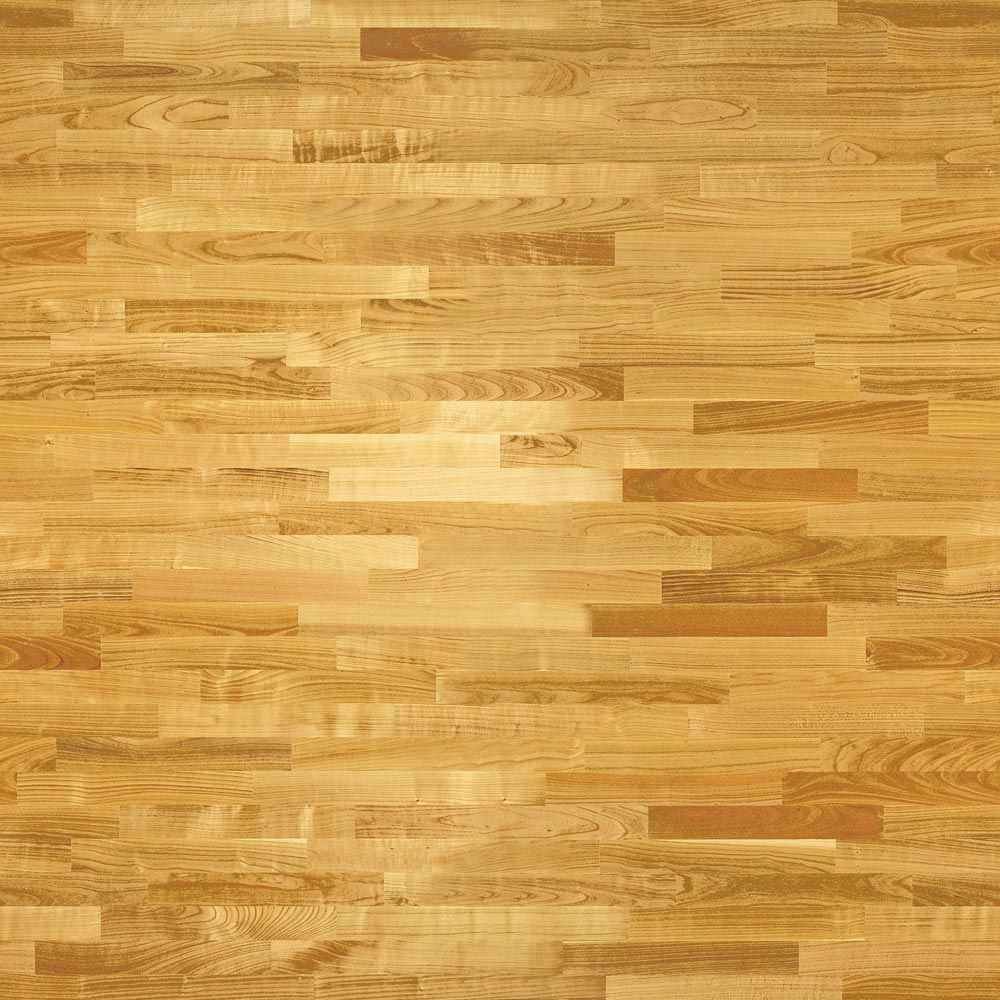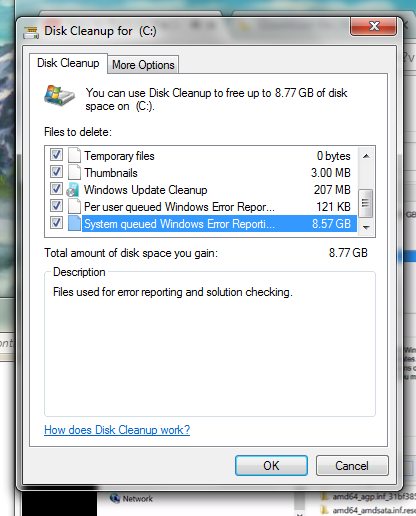- Clean Disk Linux
- Disk Cleanup App
- Program Files Cleanup
- Clean Disk Diskpart
- Clean Disk 0
- Clean System Files
This guide shows how to use the Disk Cleanup tool for the following Windows versions: Windows XP, Vista, 7, 8, 8.1, and 10.
The Disk Cleanup tool, part of Windows, will perform a search on the hard disk for files that can be deleted from your computer without affecting its functionality or your personal files:
To ensure you get quiet, consistent and powerful stopping from your disc brakes, it's important to keep them clean. However, there's an awful lot of different opinions on the best way to clean you disc brakes, so we reached out to a number of industry experts for their thoughts. “Disk Cleanup” is a useful tool to clean files including temporary Internet files, Recycle bin and even previous Windows installation, and works its magic on system partition C particularly. Open Disk Cleanup by typing “disk cleanup” in Search box or asking Cortana, or right-clicking C drive and go “Properties”“Disk Cleanup”.
- Temporary Internet Explorer files (related: How To Clear Internet Explorer 6-to-11 Cache)
- Java applets or ActiveX controls
- Files from Recycle Bin if Recycle Bin has not been emptied
- Windows temporary files (related: How to delete temporary files. You can also read how to clear the thumbnails cache and how to clear the icons cache)
Contents
Smart Disk Cleanup provides a safe and easy way to clean up junk files, duplicates, and large files. In just a few minutes you can safely and easily free up GBs of disk space. Items cleaned with Smart Disk Cleanup: Duplicates - Unnecessary duplicate files can take up GBs of disk space.
- 1 Run Disk Cleanup in Windows XP
- 2 Run Disk Cleanup in Windows Vista and 7
- 3 Run Disk Cleanup in Windows 8 or 8.1
- 4 Run Disk Cleanup in Windows 10
- 5 Troubleshooting
- 6 More Information
Run Disk Cleanup in Windows XP
To run Disk Cleanup on a Windows XP computer, you can run it from My Computer or from Command Prompt.
Run from My Computer
Method #1
- Click Start
- Click Run
- Type
cleanmgr - Click OK or press Enter
Method #2
- Click Start
- Go to All Programs
- Go to Accessories
- Go to System Tools
- Click Disk Cleanup
Method #3
- Open My Computer
- Right-click on the drive you want to run Disk Cleanup. This is usually
C:, the drive where
Windows XP is installed. - Click Properties
- Go to the General tab
- Click Disk Cleanup
Run from Command Prompt
To open Disk Cleanup via Command Prompt, follow these steps:
- Open Command Prompt
- Type this command:
where
c:is where Windows XP is installed. - Press Enter
Run Disk Cleanup in Windows Vista and 7
Clean Disk Linux
Run from My Computer

To open Disk Cleanup on a Windows Vista or Windows 7 computer, follow these steps:
- Click Start
- Go to All Programs > Accessories > System Tools
- Click Disk Cleanup
- Choose what type of files and folders to delete at the Files to delete section
- Click OK
- To delete system files that are no longer needed, click Clean up system files. You may be
prompted by UAC (User Account Control) to confirm the action. - Click Delete Files
To free more space, go to the More options tab:
- Click Clean up at the Programs and Features section to remove program files that are no longer needed
- Click Clean up at the System Restore and Shadow Copies section to remove restore points, except the last one
Run from Command Prompt
To open Disk Cleanup via Command Prompt (command line) on a Windows Vista or Windows 7:
- Open Command Prompt
- Type
cleanmgr - Press Enter
Windows 7 Disk Cleanup screen
Run Disk Cleanup in Windows 8 or 8.1
Run from My Computer
To open Disk Cleanup on a Windows 8 or Windows 8.1 system, follow these instructions:
Disk Cleanup App
- Click Settings > Click Control Panel > Administrative Tools
- Click Disk Cleanup
- At the Drives list, select which drive you want to run Disk Cleanup on
- Select which files you want to delete
- Click OK
- Click Delete files
To delete system files that are no longer needed on your computer, click Clean up system files.
Program Files Cleanup
Shadow copies and restore points (except the last ones) can be deleted by going to the More options tab > Click Cleanup.
Run Disk Cleanup in Windows 10
Run from My Computer
To open Disk Cleanup on a Windows 8 or Windows 8.1 system, follow these instructions:
- Type Disk Cleanup in the Search Bar
- Press Enter
- At the Drives list, select which drive you want to run Disk Cleanup on
- Select which files you want to delete
- Click OK
- Click Delete files

To delete system files that are no longer needed on your computer, click Clean up system files.
Shadow copies and restore points (except the last ones) can be deleted by going to the More options tab > Click Cleanup.
Windows 10 Disk Cleanup screen
Troubleshooting
Disk Cleanup is stuck
If Disk Cleanup is getting stuck at a certain deletion process (deletion of temporary files or deletion of Windows updates), try any of the following tips:
Clean Disk Diskpart
- Run Disk Cleanup as an Administrator
- Delete the files and folders manually, but be logged in as an Administrator.If Disk Cleanup is getting stuck at deleting Internet Explorer temporary files, delete the temporary files manually. Be logged in as Administrator or as any user with administrative rights to the system when doing so.
- Run a
sfc /scannowcommand. To do so, follow these steps:- Open Command Prompt
- Type
sfc /scannow /offbootdir=D: /offwindir=D:Windows, where D: is your Windows drive letter, and D:Windows is your Windows installation path - Press Enter
More Information
Linked Entries
Support Links

- Easy Recovery Essentials for Windows – our repair and recovery disk.
It’s an easy-to-use and automated diagnostics disk. It’s available for Windows 8, Windows 7 and Windows Vista. It’s also available for Windows XP and Windows Server.Read more at Windows Recovery Disks.
- The NeoSmart Support Forums, member-to-member technical support and troubleshooting.
- Get a discounted price on replacement setup and installation discs: Windows XP, Windows Vista, Windows 7, Windows 8, Windows 10.
Applicable Systems
Clean Disk 0
This Windows-related knowledgebase article applies to the following operating systems:
Clean System Files
- Windows XP (all editions)
- Windows Vista (all editions)
- Windows 7 (all editions)
- Windows 8 (all editions)
- Windows 8.1 (all editions)
- Windows 10 (all editions)
